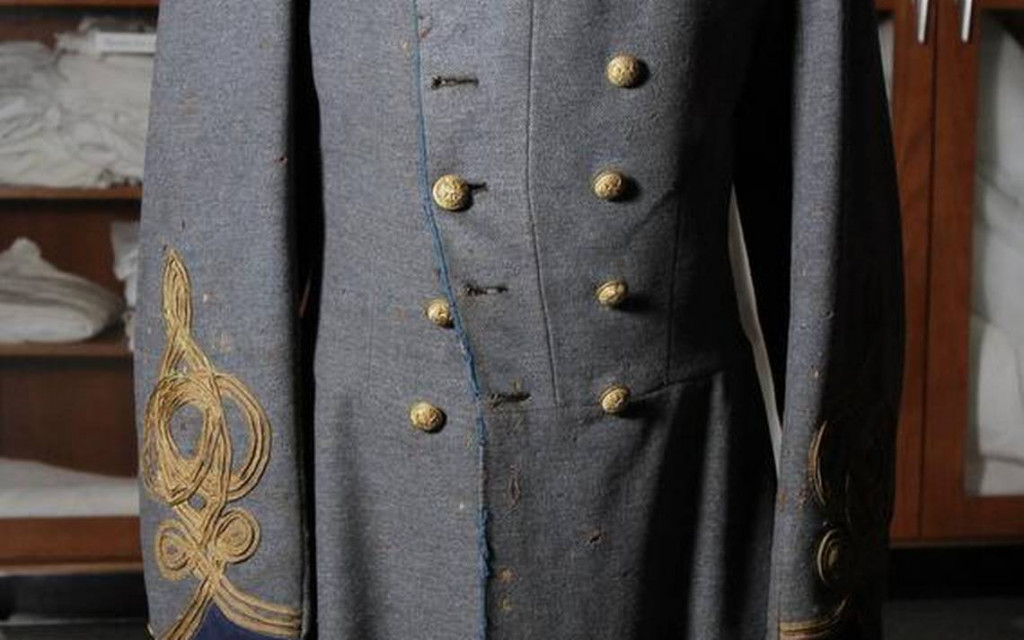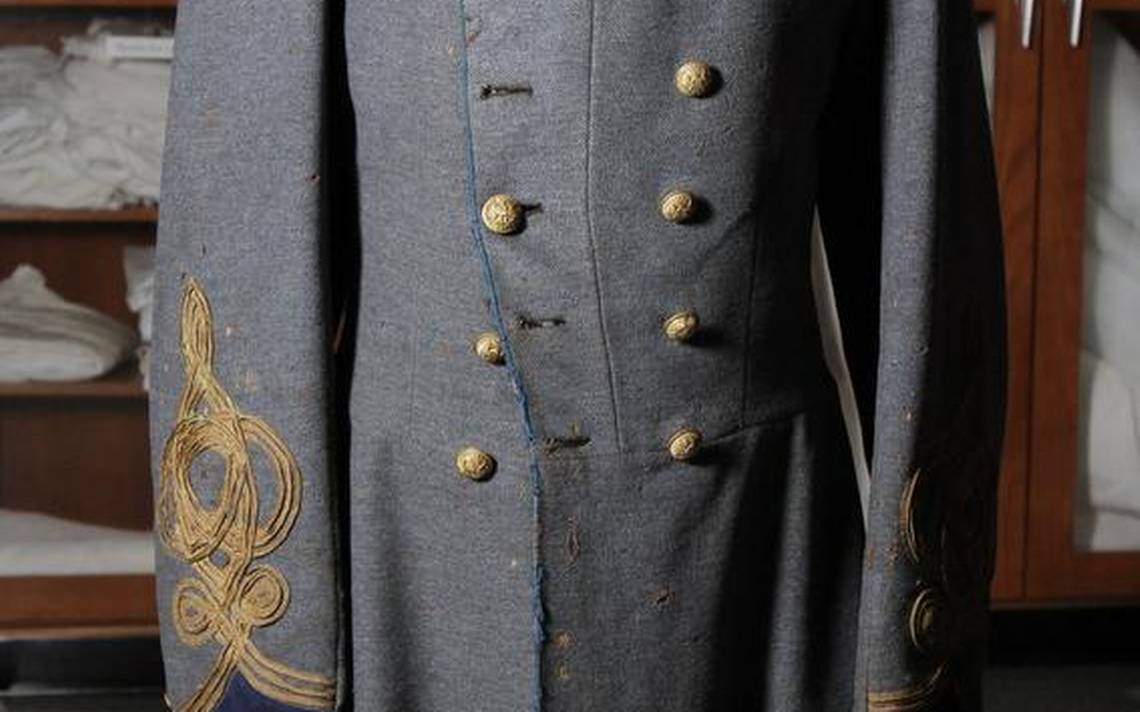From the robust public discussion about North Carolina’s legacy of Civil War monuments, it’s clear that – a century and a half after its close – we’re still sorting out how to make sense of that war and memorialize those who fought it.
Our state’s Civil War history is complicated and full of nuance: of soldiers who fought for both the Union and the Confederacy; of enslaved people for whom the invasion meant freedom; of free persons of color caught in the middle of warring armies; and of women and families left behind to fend for themselves.

A Civil War coat worn by Confederate soldier Col. Collett Leventhorpe.
A Civil War coat worn by Confederate soldier Col. Collett Leventhorpe. Chris Seward File photo
This many-faceted legacy is what the North Carolina Civil War History Center in Fayetteville is all about. Groundbreaking is slated for next spring.
It’s different, in that it will be a “teaching museum” rather than a “collecting museum.” And it will go well beyond Fayetteville, because it has one of the nation’s first digital master plans to make interpretive resources available to all.
The $65 million Center is being funded through a private-public partnership and will be operated by the state Department of Natural and Cultural Resources. Two former governors, Democrat James B. Hunt Jr. and Republican James G. Martin, serve as honorary chairmen. More than 70 noted historians, business and community leaders, educators and museum professionals, are involved.
The Center itself will occupy the grounds of the historic Fayetteville Arsenal – for reasons both practical (Interstate 95 is nearby) and symbolic.
When Gen. William T. Sherman embarked on his Final March through the Carolinas in spring 1865, his goal was to destroy the Arsenal, which had been seized by the Confederacy in 1861.
Today, the site is bisected by a four-lane highway – N.C. 401, Rev. Martin Luther King Jr. Expressway. Similarly, North Carolina’s white population was split about evenly between Unionist and Confederate. A third of the population – 330,000 enslaved black persons – had no say.
The center’s entrance will bridge the highway – and metaphorically, our past and present. Visitors will enter a hall of stories that explore the varied experiences of those who fought and endured the war – on the battlefield and at home.
Historians estimate that as many as 35,000 men died of battle wounds or illness during the war. How many civilians died – women, children, free blacks and slaves, Native Americans – as well as the full economic impact of the Civil War – may never be known.
We do know that the Civil War changed North Carolina forever.
If we wish to know ourselves, we must understand our Civil War ancestors, because we are living in the future that they created, still wrestling with the political and ethical issues that divided them so deeply.
In the North Carolina Civil War Hstory Center, the present and the past will unite. The individual stories will help us honestly face the complexities of those times, in a place that reminds us of how violent passion can destroy what is beautiful, and how with cooperation, good will and perseverance we can reclaim it



